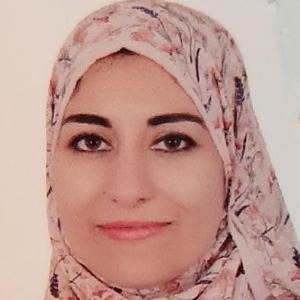Integrated Multi-Trophic Aquaculture
Integrated Multi-Trophic Aquaculture (IMTA) is gaining recognition as a sustainable approach to farming multiple species at different trophic levels in a single system. This method capitalizes on the natural relationships between species, where one species’ waste serves as nutrients for another. For instance, fish or shrimp provide organic matter that can nourish filter-feeding organisms like mussels, seaweed, or algae. These primary producers, in turn, help improve water quality by absorbing excess nutrients, creating a balanced and self-sustaining ecosystem. The integration of various species not only maximizes space and productivity but also reduces environmental impact by minimizing waste and enhancing resource efficiency. IMTA is increasingly seen as a solution to combat the environmental concerns associated with conventional aquaculture systems, offering economic benefits through diversified production.

Perry Raso
Matunuck Oyster Farm, United States
J L Giovanna Hesley
Education Emerita, CropKing Inc., United States
Virendra Kumar Goswami
Indian Institute of Technology, India
Amit Das
Memorial University of Newfoundland, Canada
Mandeep Kaur
Panjab University, India
Pavarot Noranarttragoon
Department of Fisheries, Thailand



Title : Application of Artificial Intelligence and NISAR satellite to study the air sea CO2 exchange and aquatic toxicology to develop ‘Aquatic Pollution Remediation Technologies’(PART)
Virendra Kumar Goswami, Indian Institute of Technology, India
Title : Conditionally pathogenic microparasites (Microsporidia and Myxosporea) of mullet fish potential objects of mariculture in the Black and Azov Seas
Violetta M Yurakhno, A. O. Kovalevsky Institute of Biology of the Southern Seas of Russian Academy of Sciences, Russian Federation
Title : New approaches to assessing and managing the multispecies fishery in the Gulf of Thailand
Pavarot Noranarttragoon, Department of Fisheries, Thailand
Title : Integrating art, science and rural development: The multifaced role of aquarium keeping
T V Anna Mercy, Kerala University of Fisheries and Ocean Studies, India
Title : Seaweed aquaculture policy gap analyses in Indonesia, Kenya, and Tanzania
Megan Considine, The Nature Conservancy, Puerto Rico
Title : Utilizing art to enhance learning STEM subjects required for aquaculture
J L Giovanna Hesley, Education Emerita, CropKing Inc., United States